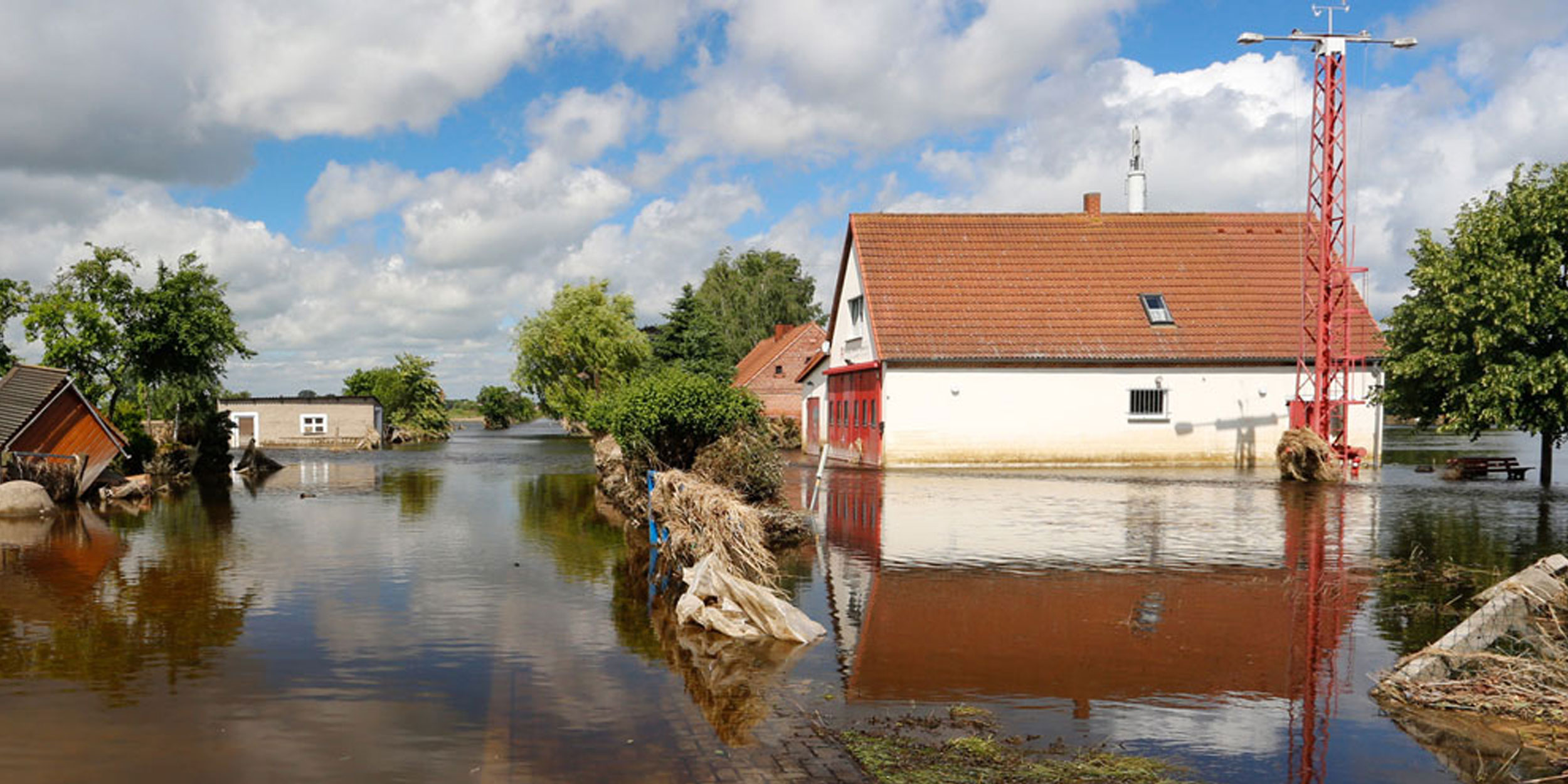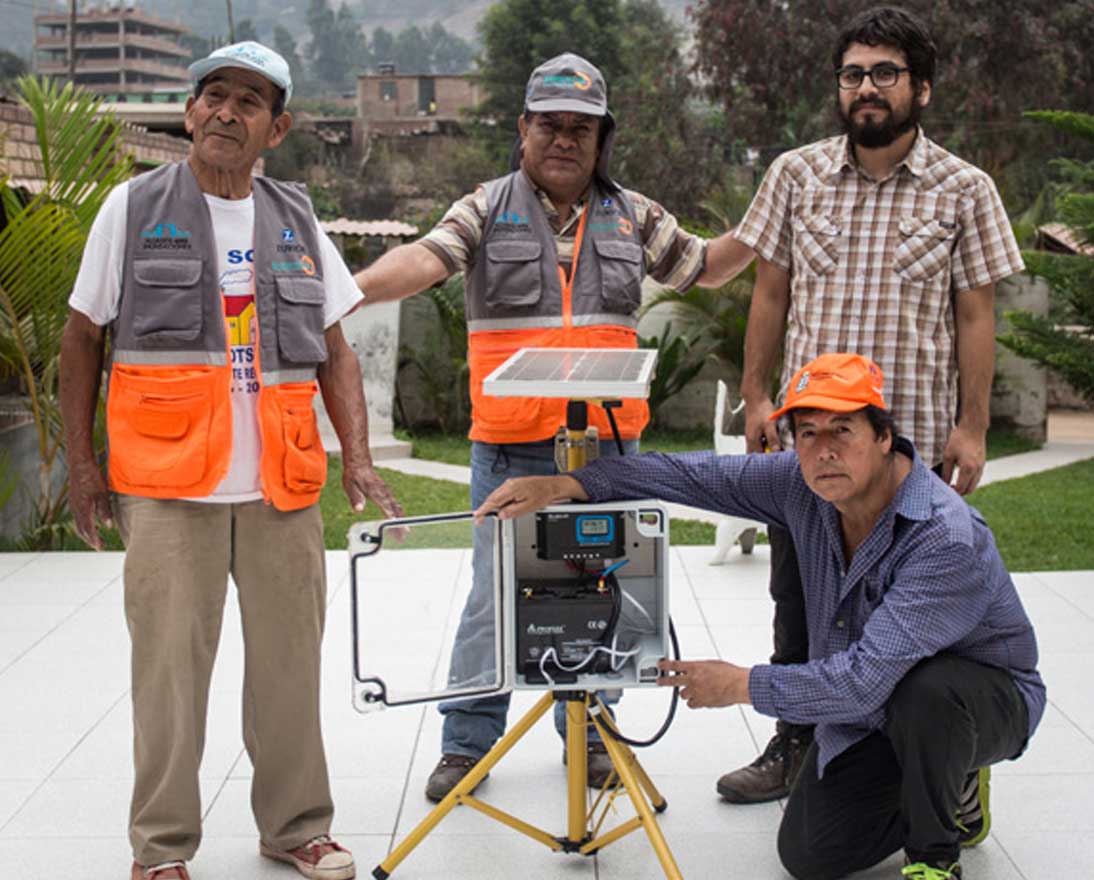Preparing for El Niño floods in Peru
Natural hazardsArticleApril 19, 2015
Zurich’s flood resilience program in Peru is working to address problems unlike those in most other countries. This is due in part to the unpredictable nature of the El Niño phenomenon and the floods its rains can cause. During recent visits to communities in Peru, we learned about a number challenges the program faces there and how it is addressing them.
Preparing for unpredictable floods
We were struck by lack of flood preparation when we visited places where our flood resilience program is being carried out in Peru’s Piura region in the north, and the Rimac river basin near Lima. This reluctance can be explained in part by the unpredictable El Niño phenomenon. When it occurs, it may bring rain that can cause severe floods. But several years can pass with no floods. This seemingly random flood risk makes it harder to motivate communities to increase flood resilience efforts. For example, El Niño brought rains that caused severe flooding in 1982-1983 and again in 1998. But since then, droughts and extreme heat, not floods, have been the main worry for these communities. El Niño is bound to bring floods again. How well the communities cope will depend on what they can do in the interim. Many obstacles must be overcome, as we saw during visits to these communities in December 2014.
Urban poverty lowers resilience
Besides the unpredictable nature of the floods, even though most of these communities are located in a very urban environment, many are just informal settlements with no official status. As a result, they can’t access public water, sanitation, electricity and other amenities. Housing, too, is very basic. These communities are also battling high rates of crime and drug abuse, and many people lack access to healthcare facilities. They are also home to a number of single mothers who often support many children, and struggle to find steady employment.
Yet we noticed some bright spots, too. Despite hardships, the women are sharp and keep in close touch with each other. Given the right tools and organizational training, we see opportunities for active participation in community programs to make the most of what they have and so build resilience.
Lack of trust needs to be addressed
One important factor determining the success of our efforts is being able to work closely with local authorities, including mayors and civil defense organizations, and in turn, how well they can mobilize student ‘brigades’ from local colleges. But while government support for mitigating disaster risks has increased, applying for funds can often be a very complicated process, made more difficult by frequent administrative staff turnover and the fact that contact points constantly change.
The real challenge, though, is people’s lack of confidence in the ability of social organizations and elected representatives to lead or manage disaster risk planning. People also feel the agencies that are supposed to provide them with assistance are too distant from them to understand the issues.
Tackling the challenges – our approach
During September 2014 we completed initial risk mapping and baseline studies in selected communities, obtaining information that will enable us to evaluate how to raise awareness and motivate action. The next phase involves finding solutions. Lack of drainage systems and houses that have been built in what used to be drainage areas pose
a major problem. “People have built houses where the former drainage used to pass. That drainage system saved our lives in the 1982 El Niño floods,“ one resident told us. Especially worrisome is a school for young children built with a foreign donation that was constructed without proper risk assessments, situated on a drainage system.
Besides addressing such concerns, we will evaluate existing early warning systems to see how they can be improved. And we will also look for ways to motivate communities to work together to find some solutions before the next flood strikes.
People have built houses where the former drainage used to pass. That drainage system saved our lives in the 1982 El Niño floods.

